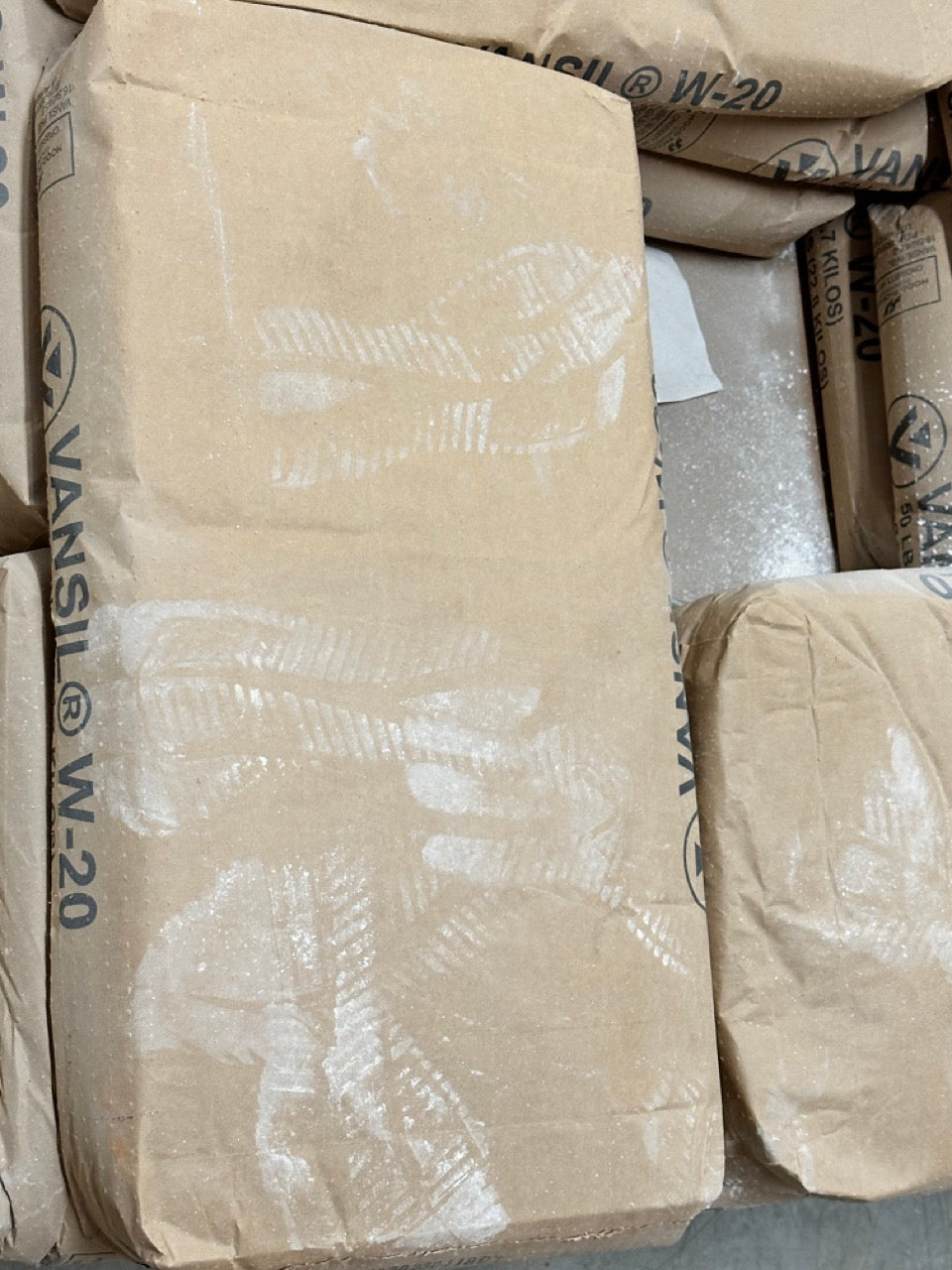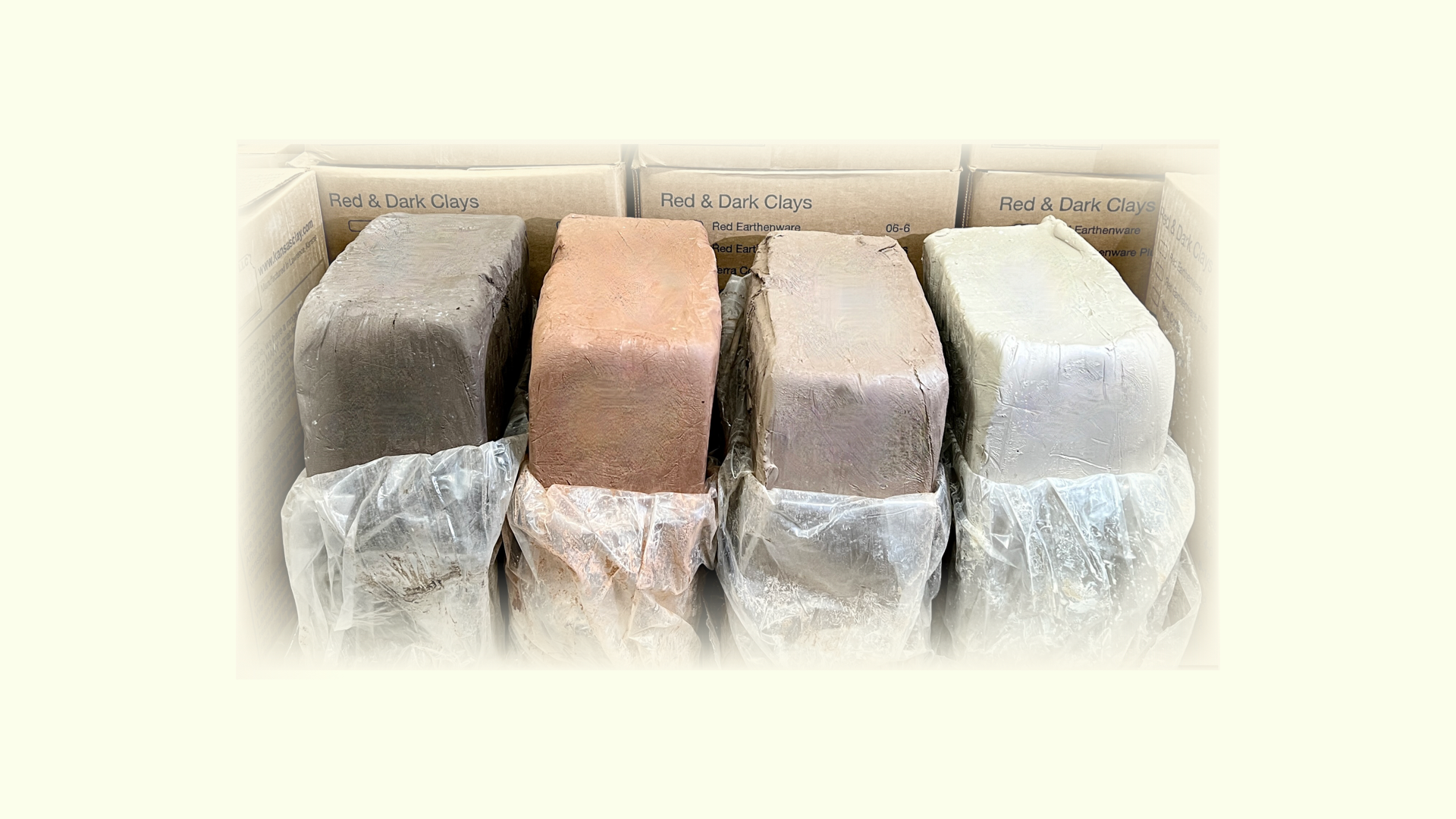Sodium Silicate
Regular price
From $14.00
Sale price
From $14.00
Regular price
$14.00
Choose your option
Darvan #811
Regular price
From $9.00
Sale price
From $9.00
Regular price
$9.00
Choose your option
Darvan #7
Regular price
From $12.00
Sale price
From $12.00
Regular price
Choose your option
Choose your option
3M Dust Mask Model 8210
Regular price
From $4.00
Sale price
From $4.00
Regular price
$4.00
Choose your option
Sodium Silicate
Regular price
From $14.00
Sale price
From $14.00
Regular price
$14.00
Choose your option
Darvan #811
Regular price
From $9.00
Sale price
From $9.00
Regular price
$9.00
Choose your option
Darvan #7
Regular price
From $12.00
Sale price
From $12.00
Regular price
































































































